
President Museveni Orders Probe and Evacuations After Deadly Kiteezi Landfill Collapse
A devastating incident occurred at the Kiteezi Landfill in Kampala, Uganda, when a section of the landfill collapsed on the night of August 10, 2024, burying an undetermined number of people under a massive pile of waste.
The collapse, triggered by heavy rainfall, left several individuals, including those inside their homes, trapped beneath the debris. Rescue efforts are currently underway as authorities strive to recover survivors and retrieve the bodies of the deceased.
The Kiteezi Landfill, which processes around 1,500 tonnes of waste daily, has been a long-standing concern for both residents and city officials. The recent tragedy has underscored these concerns, as city authorities confirmed that the collapse was the result of a structural failure within the waste mass.
In response to the incident, President Yoweri Kaguta Museveni in a statement expressed his condolences to the families of those who lost their lives. The President also questioned why people were allowed to live near such a hazardous site, noting the inherent dangers posed by both the effluent and the physical instability of the landfill.
“The first question that comes to mind is: “Who allowed People to live near such a potentially hazardous and dangerous heap?” Even without peeling off and burying People, the effluent alone (ejyurigyiriro) must be hazardous to health,” the President wondered.
President Museveni drew parallels between the Kiteezi tragedy and historical practices involving smaller, organic refuse heaps, which were considered dangerous enough without the addition of non-biodegradable materials like plastics. He stressed the importance of proper waste management and the need to prevent human settlements near hazardous areas.
The President revealed that Deputy Inspector General of Government (IGG), Anne Muhairwe, has been tasked with conducting an urgent investigation into the matter, with a report expected soon.
“I have, accordingly, requested the Deputy IGG, Anne Muhairwe, representing the IGG, to expeditiously investigate the matter and furnish me with the report. In the meantime, I have directed the Prime Minister to co-ordinate the removal of all the house-holds in the danger zone, in addition to ensuring the recovery, if possible of the People still buried in the rubbish,”
Furthermore, the President urged Ugandans to heed warnings about living in dangerous areas such as wetlands, lake shores, riverbanks, and forests, where natural disasters and health hazards are more likely to occur. He emphasized that those who encourage such settlements, whether technical or political, are not acting in the best interests of the people.
“.. this should educate Ugandans about the dangerous areas such as wetlands, lake-shores or the river banks, in the forests where they get in touch with monkeys and bring monkey-pox and Ebola to us, etc., etc,” said President Museven.
The president noted that the Uganda People's Defence Forces (UPDF) Special Forces have been deployed to assist in the rescue operations. Additionally, the State House Comptroller has been instructed to provide financial assistance to the affected families, with UGX 5 million allocated for each deceased person and UGX 1 million for each injured individual. Museveni clarified that this assistance is separate from any potential legal compensation that may arise if a government agency is found responsible for the tragedy.
“May Almighty God rest the souls of our departed People in eternal Peace and heal the injured,” The President concluded in his statement.
Links
- 138 views



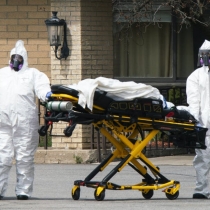

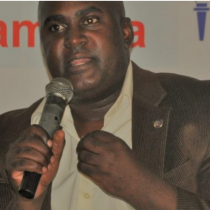
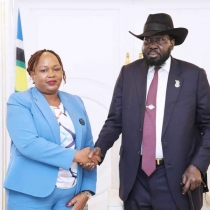



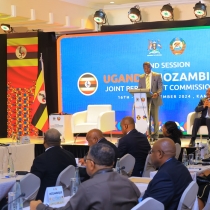


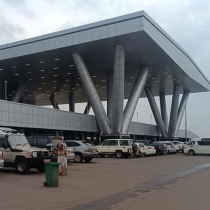














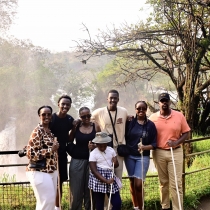










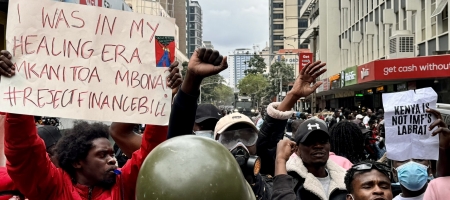




Join the conversation